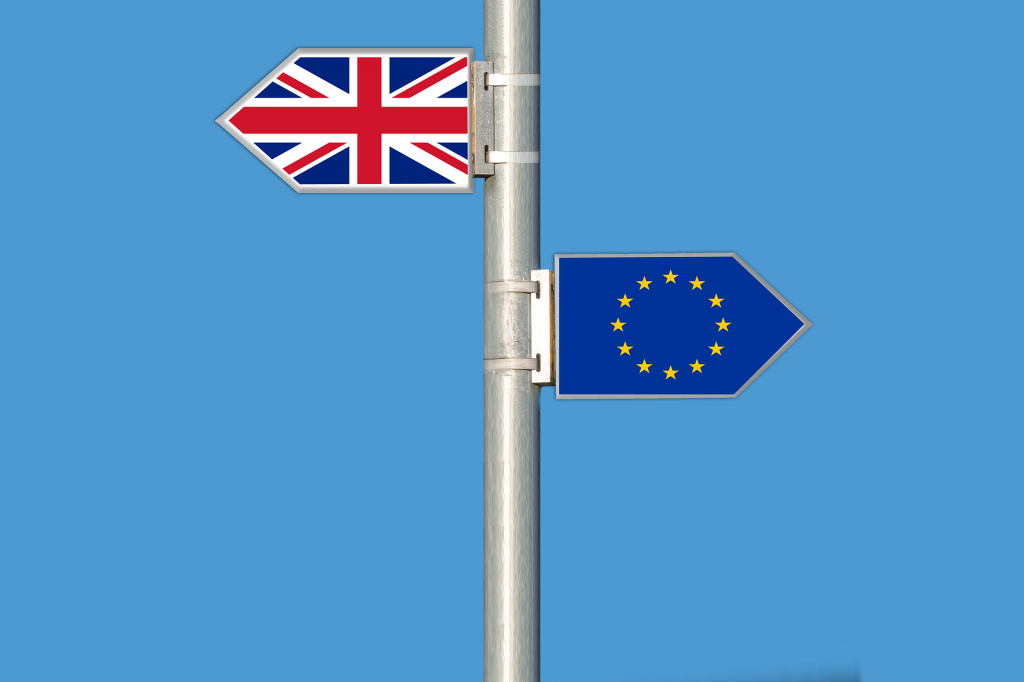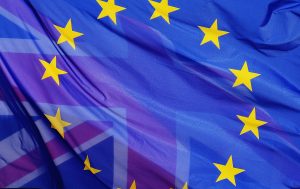
Brexit Update – What We Know
On June 23rd 2016, 51.9% of Britain voted to leave the European Union. Ever since then the word ‘Brexit’ has been all over the news. This led to David Cameron stepping down as Prime Minister and Theresa May stepping in. It was initially stated Article 50 will be triggered in March this year. However, due to complications, it is unknown when the process will begin.
 Triggering of Article 50
Triggering of Article 50
Article 50 of the Treaty of Lisbon details the formal process which allows a member state to withdraw from the EU. The EU is then obliged to negotiate a deal with the member state. The two-year process will see a proposed withdrawal agreement. As simple as this may sound, there have already been complications. The Supreme Court ruled Article 50 will not be triggered unless there is full Parliamentary approval. Theresa May contested this saying she will use the Royal Prerogative if it is needed. The Supreme Court is yet to give a decision whether this is acceptable. With the political upheaval currently going on in Northern Ireland, this may also add to further delays of triggering Article 50.
After the initial result, many people asked for a second referendum. This was not just those who voted remain. Many people who voted leave felt lied to. There were a number of misleading promises the Leave campaign had made which they could not follow through on. The most documented in the news being the £350m Britain apparently spends a week being a member of the EU, could be spent on the NHS. Within days of the referendum results, it became apparent this was not true. As well as this, there have been many other statements made regarding Britain saving money if we leave the EU. However, Britain could be handed a bill of up to £50 billion once Mrs May triggers Article 50. This is apparently to settle any outstanding liabilities.
Hard or Soft Brexit?
There has been a lot of speculation as to how Theresa May wants to go about the ‘Brexit’. The type of Brexit which we will experience has changed from soft to hard and then from grey to a red white and blue Brexit. As patriotic as this may sound, the statements made were still quite vague. By the end of 2016, 6 months after the referendum, there were still a lot of grey areas which needed explaining. As a result of this, there has been a lot of uncertainty with regards to the actual plans for Britain leaving the EU. This caused a lot of uncertainty and has had quite an effect on the pound during the months after the referendum. Due to comments which hinted towards a ‘hard Brexit’ by Mrs May, the pound dropped to similar lows that we had seen in the October 2016 flash crash.
 Theresa May’s Brexit Speech
Theresa May’s Brexit Speech
On 17th January 2017, Theresa May finally announced her plans for the Brexit. The common theme of the speech was the idea of a ‘Global Britain’. As mentioned there has been a lot of uncertainty over the last 6 months with regards to how the Government will leave the EU. Mrs May has now outlined 12 objectives during her speech. Most of these objectives are towards the attempt to build a stronger economy as well as maintain relations with the EU. As there will be extensive negotiations with the EU, Mrs May noted that all objectives are in the United Kingdom’s best interest.
Theresa May then went on to say Britain will no longer have access to the Single Market. Instead, she wishes to strike up a free trade deal. Britain will also be looking to make any trade arrangements with other countries, enforcing this idea of a global Britain. Mrs May went on to name-check Donald Trump whilst discussing this objective. Even though Britain is looking for a clean break from the EU, we will not be leaving Europe, with hopes of maintaining a strong relationship. Theresa May has also stated she wishes to look after the rights of EU citizens in the UK as well as any Britons living in Europe whilst negotiating a new customs union deal.
With immigration and border control in mind, Mrs May also mentioned the need to keep working with the EU and European law enforcement to fight terrorism. Mrs May is aiming for a ‘phased process of implementation’ for change with Businesses. This is so they can prepare and plan. Mrs May also hoped Britain could work together with European partners in science and technology in the future whilst building on the UK’s capacity.
Trade Deal
One of the main objectives set out by Mrs May was the need to negotiate a free-trade deal with the EU. In order to stay relevant, the UK may have to give the EU some ultimatums to consider. Most recently Chancellor of the Exchequer Philip Hammond mentioned the UK could slash corporation taxes and ‘red tape’ if it has no other option if a free trade deal is not negotiated. The UK will push to stay competitive after we leave the EU.
During the EU referendum, Donald Trump often commented on his support for the Leave vote. Mr Trump has even mentioned how he believes we are doing the right thing by leaving the EU. There have already been talks of a UK/US trade deal. The latest statements made by Mr Trump himself have pointed towards a quick and fair deal which will be ready to sign once we have formally left the EU. All this news is positive as it allows for a stronger relationship with the US and strengthens the UK’s position when negotiating with the EU.
 What does this mean for gold prices?
What does this mean for gold prices?
The pound has taken quite a beating after the EU referendum. As soon as the result came out that Britain had voted to leave the EU, the value of the pound began to plummet. On the run up to the 17th January, the value of the pound was still at a low. Even with news that the US will be happy to negotiate a trade deal with the UK the pound continued to fall.
Throughout the speech delivered by Theresa May, we saw the pound gain some strength. It was up 1.74% against the US Dollar at $1.2251 and 0.7% against the Euro at €1.1445. While the speech was in progress gold prices fell. After the speech, gold prices fell to £986.10 /oz. (14:05 pm 17/01/2017), due to a stronger pound.
After news came out of the Leave vote, the pound slipped but gold prices increased. As we all know, in times of political uncertainty the gold price tends to rise.
As it currently stands we have several events approaching which could see the gold price change. The next event which may cause prices to change is Mr Trump’s inauguration on the 20th January 2017. Mrs May has also mentioned her desire to trigger Article 50 in March. However, we cannot be too certain when it will actually happen.
You can track the gold price on our live charts here to see how world events affect the price of gold and to help you choose the right time for you to invest in gold. Also take a look at our best value bullion page for our best deals on bullion.

+ There are no comments
Add yours